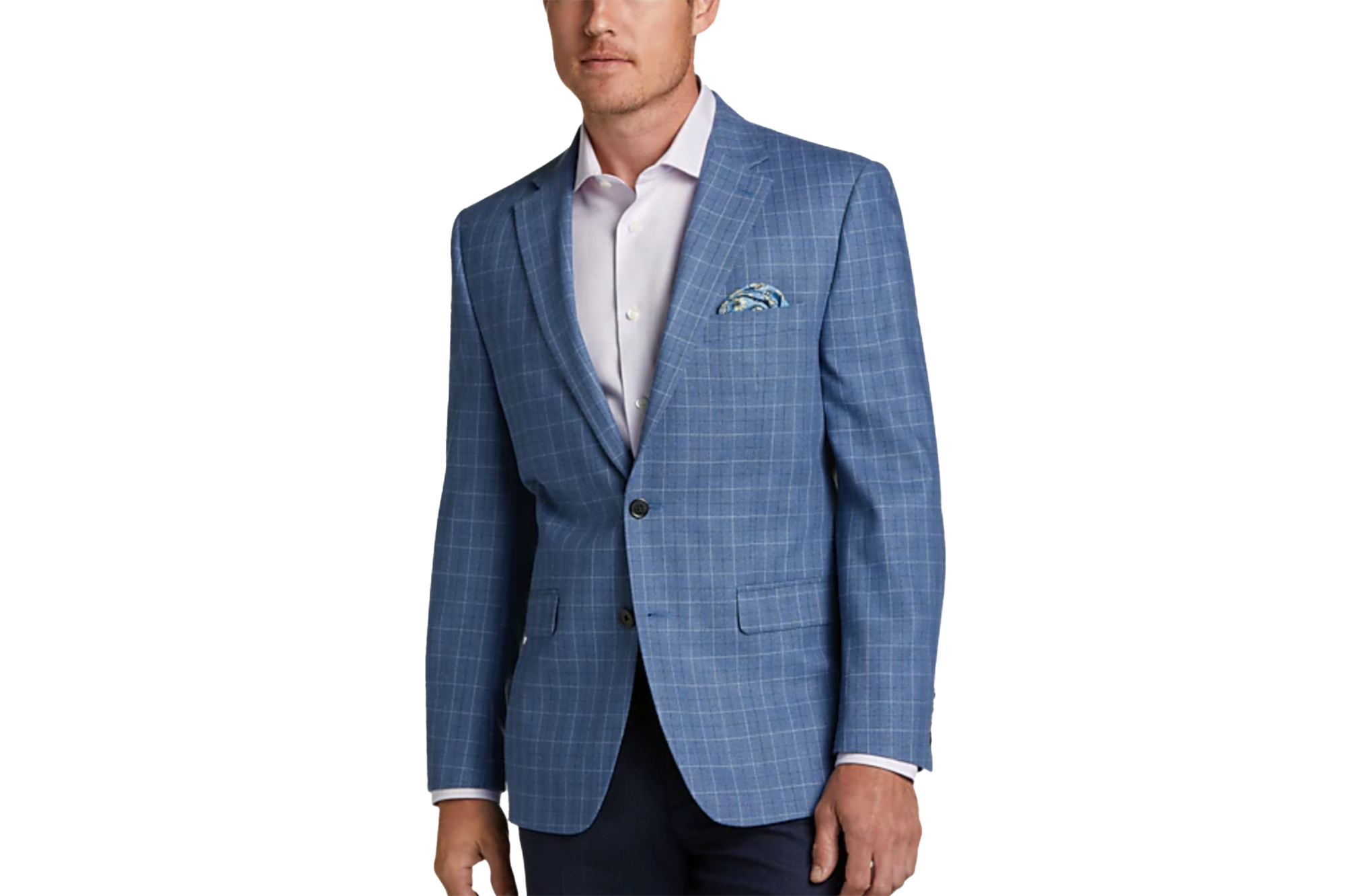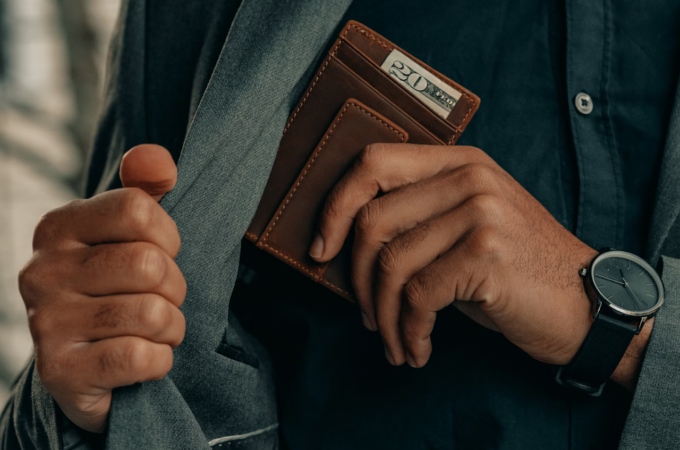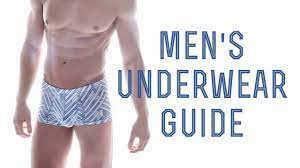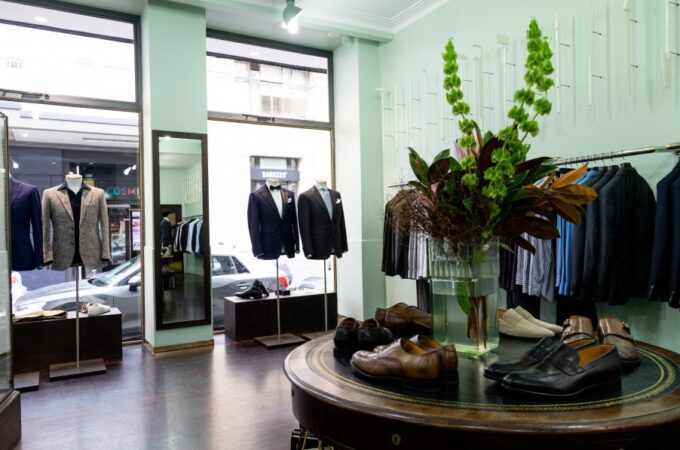
Do You Know the Appropriate Workwear For Men In Brisbane
When starting a new job, a priority is becoming familiar with the dress code, something not taught when studying the industry in school. It can be simple and straightforward for craftspeople who are assigned a uniform with no need to worry about selecting attire each day.
Businessmen in times past had it relatively easy with their selection being which suit and tie to pair together. Nowadays, the workplace has become somewhat more complex. A man wearing a business suit on what are now casual Fridays will be out of place.
The working world has a fine line between appearing current and professional. Of course, if you’re in the corporate world, the priority is to remain exceptionally business-like. Those positions fall into “law, banking, real estate, consulting, and accounting.”
When it’s crucial to impress clientele, there’s no better way to make a first impression than how you look. The higher end you appear, the better at business is the assumption. That means a conventional and formal approach.
Let’s look at what men should wear on the job and check out workwear shops near me here. A priority is to research a company before setting foot into an interview.
How you dress for that will tell the employer whether you fit the business culture. Pay a visit to the company beforehand to take in the atmosphere and get an idea of the dress code. It’s always wise to be proactive to get your “foot in the door.”

What Is The Dress Code For Your Industry In Brisbane
The interview is your opportunity to showcase your flair for fashion. If it doesn’t fit the existing culture, the employer will presume you won’t work well as an employee either. That first impression is often based on appearance and formed within the first few seconds of meeting someone.
Nowadays, an advertising agency might find you a little too staunch if you showed up in a business suit, while a banking institute would question your seriousness if you were to appear in cargos and a tee. It’s essential to consider the industry. If you’re just breaking out into the work world, do some research.
Usually, the workspace is broken down into either corporate or casual categories, with the corporate including exceptionally highly visible positions with clients to impress, like banking, real estate, accounting, law, and consulting. Clients anticipate men in these positions will be conservative and formal.
-
Corporate wear for men in the workplace is relatively formal and business casual on casual days
Whether this is a first interview or an ordinary day on the job, a professional in one of these positions will invest in nice suits, coordinating ties, and a shoe that brings it all together. It will serve in the capacity of a uniform of sorts. The core of the wardrobe should include the following:
- Collared button-downs in either white or pale blue
- Ties that coordinate with the suits your purchase and the shirts (prints or solids)
- Tailored slacks and a suit blazer
- Shoes (dress for events and loafers for daily)
- Socks (as you wish-display your personality)
Black is a colour most men choose if they prefer a safe bet. This is always acceptable in every situation. In that same vein, charcoal or deep grey is also favoured, working nicely with pale blue or white and a deep-coloured tie.
A deep blue suit is often a common choice in a man’s wardrobe because it is exceptionally versatile. Light colours should be avoided; these stray away from professionalism. When it comes time for casual days, that doesn’t mean to foray into a tee or sweats.
On these occasions, a collared button-down or perhaps a polo with a deep shade in either chinos or denim with loafers, no sneakers. Find a guide for business attire for men at https://www.esquire.com/style/mens-fashion/a23011997/how-to-dress-for-work-office-style-men/

-
Creative industries allow casual wear for men
Creative industries include positions in the entertainment field, fashion, advertising, and more. These will involve a much more laid-back dress code than what is allowed in the corporate industry. It can also be somewhat more confusing. At least in the corporate world, it’s relatively structured and safe.
These same rules don’t apply in these positions, with there needing to be a balance between charisma and professionalism each day. For men, the daily will often include a standard tee, chinos, and sneakers. With some, the uniform can consist of a cap and shorts.
Before you make any personal decisions, it’s wise to work for a few weeks to get a feel for the office culture and then dress accordingly when you feel more comfortable. Staples you could probably consider in this industry:
- Colour-block or printed tees
- Collared button-downs for proposals or meetings
- Chinos or denim
- Sneakers
- Jackets (bomber or coach – in the cool months) and also sweaters and hoodies
You’ll be able to showcase your personality more with creative positions.
However, if you have a proposal or a business meeting, you’ll follow a more professional guide for the clientele; that won’t mean a suit in this industry.
That would be out of place in this environment; a buttoned shirt, chinos, and sneakers are ideal.
Final Thought
The workplace dress code can be somewhat challenging unless you’re given a specific uniform to purchase. In that case, you can merely go to a workwear store and set yourself up.
There would be no need to worry each day about what you’ll wear since you have the fortune of the same outfit each day. That’s often the case with many trades and crafts. Go here for details on how what you wear affects how you work.
A priority is manoeuvring the interview process. The first impression is lasting, with most employers deciding within the first few seconds of laying their eyes on a candidate. It pays to research the industry to get an idea of the dress.
If it’s a uniform trade, you could probably follow the casual dress approach using the business meeting guidelines in order to get your foot in the door.




